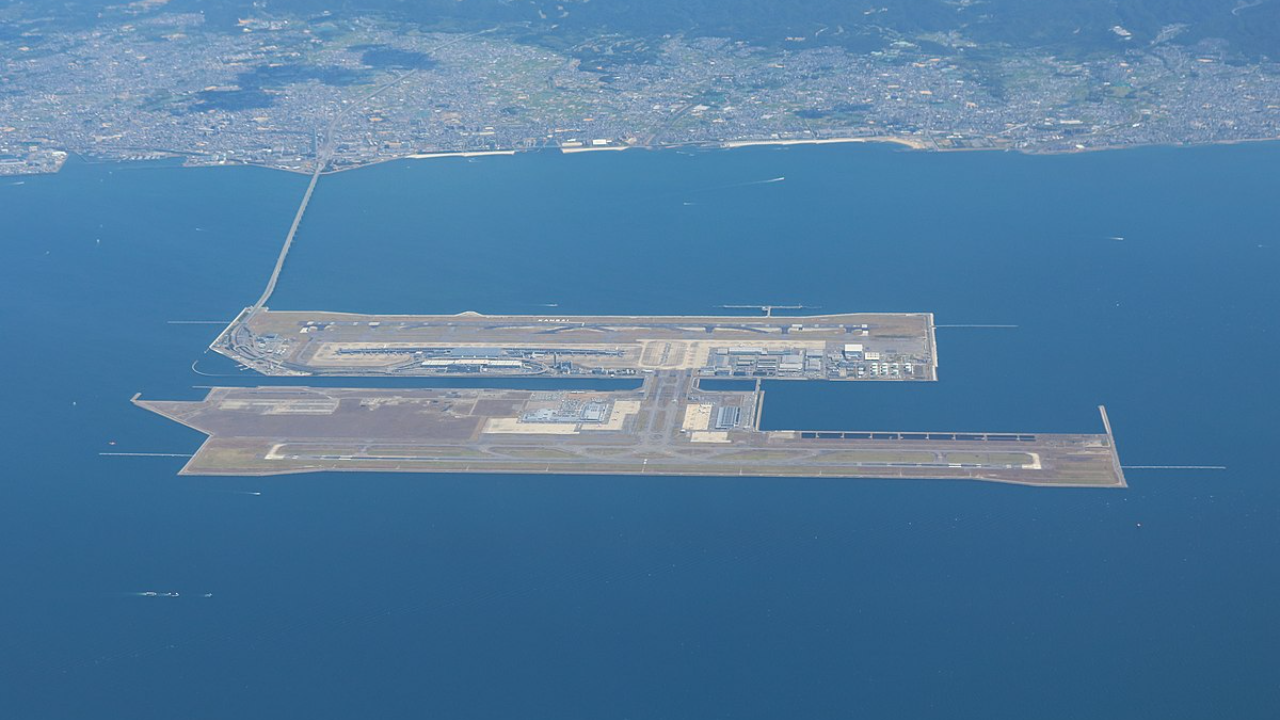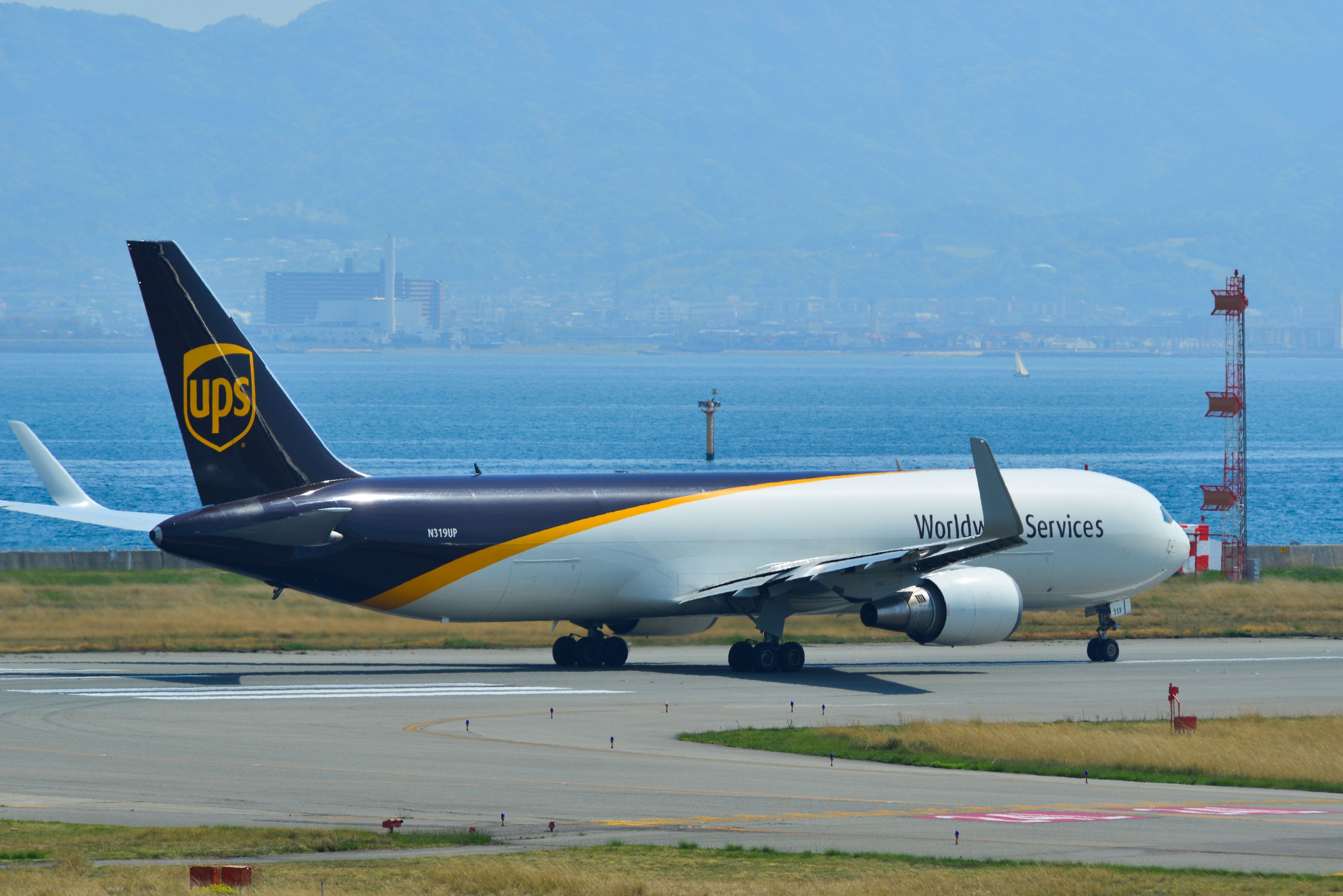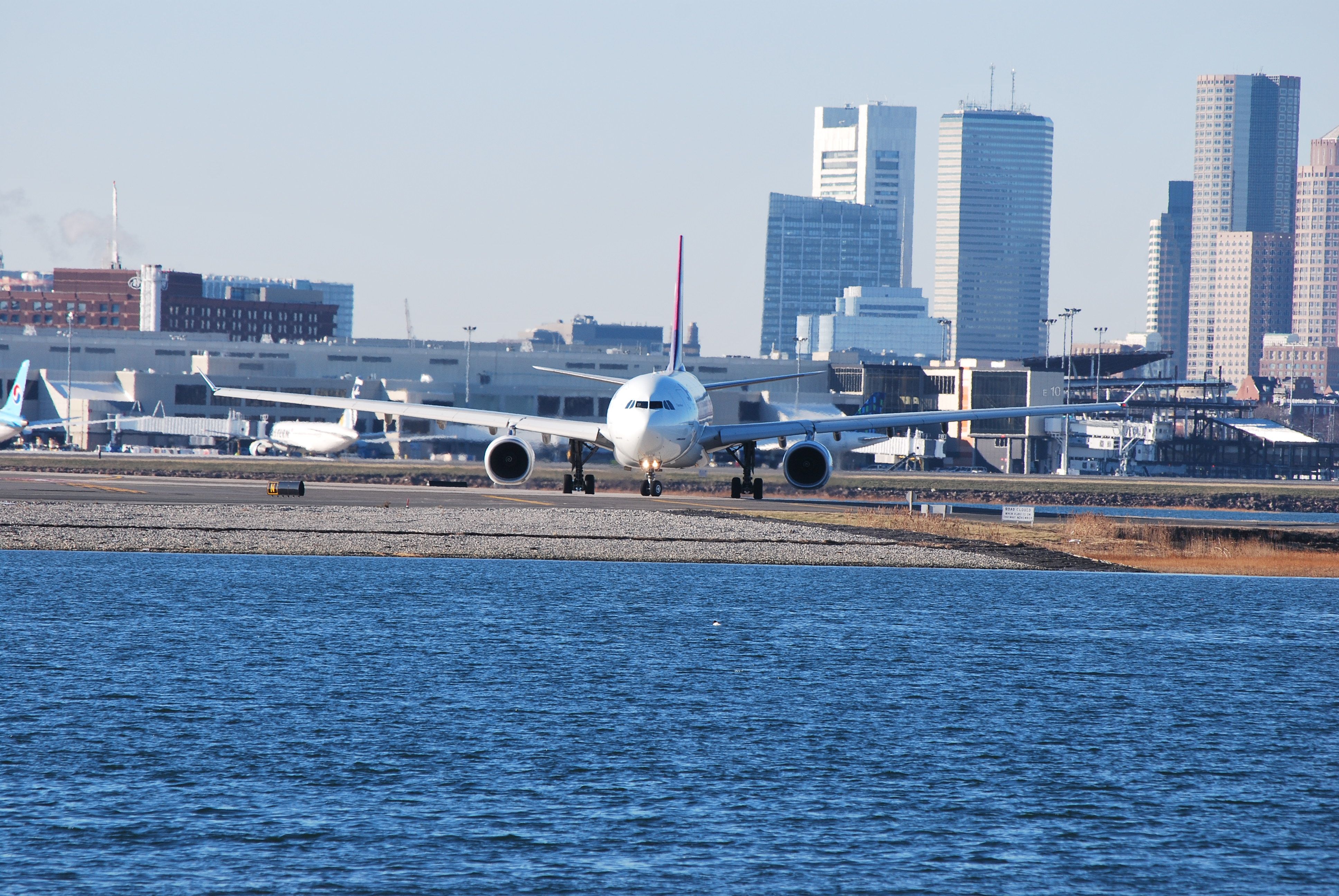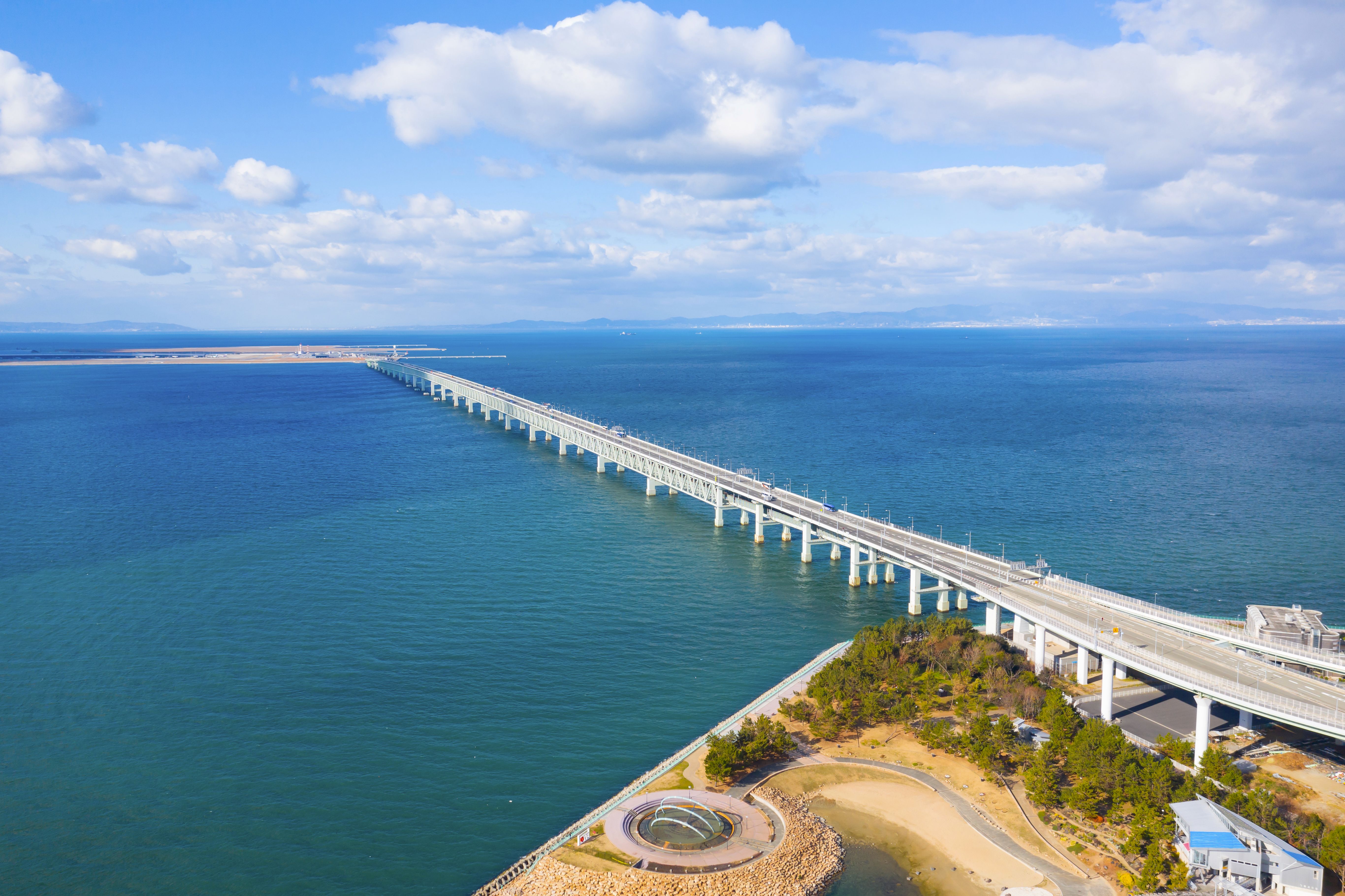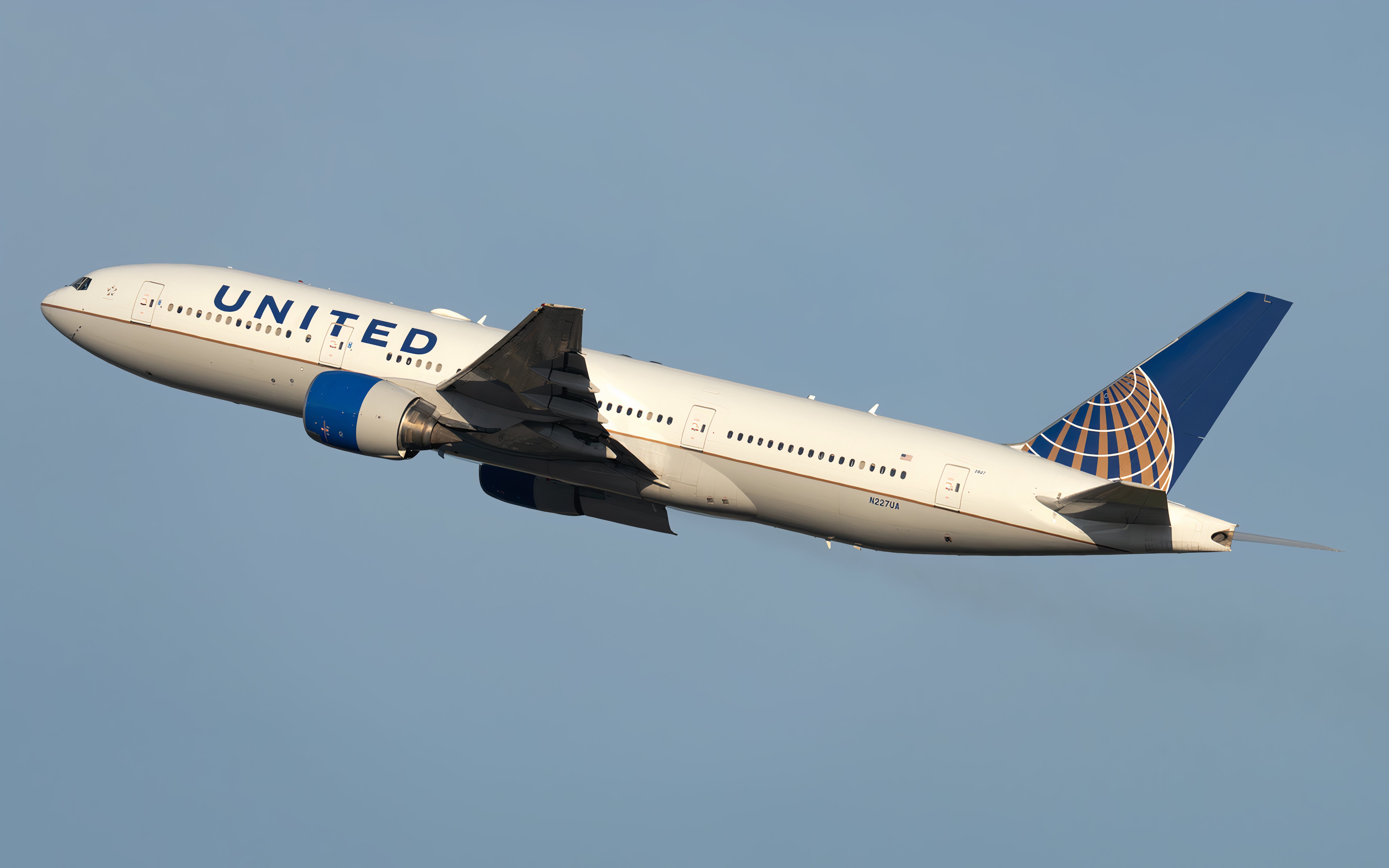Summary
- Kansai International Airport turns 30 in 2024, having opened in September 1994, replacing Itami Airport
- The airport has sunk more than 38 feet since 1994
- Terminal 1 expansion is currently underway, to handle 40 million passengers, with planned completion in 2026.
Osaka Kansai International Airport (KIX), also called Kanku, is one of the largest airports in Japan and the primary international airport of the Greater Osaka Area (Japan’s second-largest city). It is also the closest international airport to Kyoto and Kobe and is situated on an artificial island in Osaka Bay. The history behind Osaka Kansai Airport is fascinating and a tale of extreme engineering.
1
Kansai turns 30
Kansai first opened on September 4, 1994
|
Replaced: |
Itami Airport |
|---|---|
|
Terminals: |
2 terminals |
|
Cost: |
$20 billion |
Kansai International Airport (KIX) is celebrating its 30th anniversary. It opened on September 4, 1994, at a cost of around $20 billion, and is now the third-busiest airport in Japan. It took over from the overcrowded Itami Airport (which still operates as a domestic airport). Kansai is a notable hub for some of the country’s major airlines, including All Nippon Airways, Japan Airlines, Nippon Cargo Airlines, and Peach (a low-cost airline).
Kansai was built in the middle of the sea as people protested against the airport being built near Kobe. An advantage of being built out in the bay is that the airport can freely operate 24 hours a day. The airport took seven years to complete, with the first work beginning in 1987.
2
Kansai Airport is sinking
Kansai had sunk 38 feet by 2018
|
Sunk: |
38 feet between 1994 and 2018 |
|---|---|
|
Sink rate: |
25% faster than anticipated |
|
Area: |
2,607 acres |
According to Aerotime, Kansai Airport is sinking at “an alarming rate” and says that “some experts believe that KIX airport may be completely submerged by 2056″. Engineers drained millions of liters of water from the 20-meter (66 feet) deep soft clay in the bay to build the airport and then built a seawall.
Photo: Phuong D. Nguyen | Shutterstock
Sand five feet deep was laid on top of the clay seabed, and then 2.2 million vertical pipes around 16 inches in diameter were driven into the base to sure-up the foundation. But still, the foundation is that of a wet sponge, and it had sunk by 38 feet in 2018 since its construction. While experts knew it would sink, this is 25% more than anticipated. Its sink rate is slowing; it sank by 20 inches in 1994 and 3 inches in 2008.
3
Terminal 1 expansion
T1 expansion will expand the airport’s capacity to 40 million passengers
|
Construction start: |
May 2023 |
|---|---|
|
Grand opening for T1: |
2025 (planned) |
|
Completion: |
2026 |
Major works are currently underway to renovate and expand Terminal 1 with the aim of expanding capacity for international flights and to improve passenger experience. According to Airport Technology, it “represents the most significant renovation work undertaken in the region in the last 50 years.”
Photo: The Global Guy | Shutterstock
The work started in May 2021. A new domestic area was inaugurated on the terminal’s second floor in October 2022, followed by a new international departure area in December 2023. A new security screening area on the fourth floor, along with international lounges on the third floor, is expected to open in spring 2025. All works are expected to be completed by 2026.
4
Connected by rail
Kansai is around 30 minutes train ride from Osaka
|
Central Osaka: |
30-minute ride |
|---|---|
|
Shin-Osaka: |
50-minute ride |
|
Kyoto Station: |
100-minute ride |
As with most major modern airports, Kansai is connected to Japan’s public transit system by train as well as by bus. According to Japan Travel from central Osaka, the train ride lasts just over 30 minutes (served by JR Limited Express and Rapid Trains). It takes around a 50-minute train ride from the bullet train hub of Shin-Osaka. Alternatively, it is a 100-minute train ride from the Kyoto Station.
Photo: HelloRF Zcool | Shutterstock
There are different pricing options for reserved and non-reserved seats on the trains to Osaka. Other connections include buses and taxis. Depending on traffic, driving time to downtown Osaka is 40 to 60 minutes.
5
Direct North American flights
Two North American airlines operate at Kansai
|
Air Canada: |
Flights to Vancouver and Toronto |
|---|---|
|
United Airlines: |
Flights to Guam and San Francisco |
|
Japan Airlines: |
Flights to Los Angeles |
While Tokyo Haneda and Tokyo Narita are Japan’s main international gateways, there are some direct flights from North America to Kansai. Hawaiian Airlines operates flights from Honolulu. United Airlines operates flights from Kansai to the small American territory of Guam (comparatively close to Japan) and San Francisco (Japan Airlines also flies to Los Angeles).
Photo: Vincenzo Pace | Simple Flying
Other US-based airlines like American Airlines, Delta Air Lines, and Alaska Airlines don’t currently operate there. Air Canada operates flights to Kansai from Vancouver and Toronto. While most of its international flights are in the Asia-Pacific, the airport does have some flights to Europe – but none to South America, Mexico/Central America, South Asia, and Africa. Qantas’ budget carrier, Jetstar, launched thrice-weekly flights between Osaka and Sydney in April 2024.

